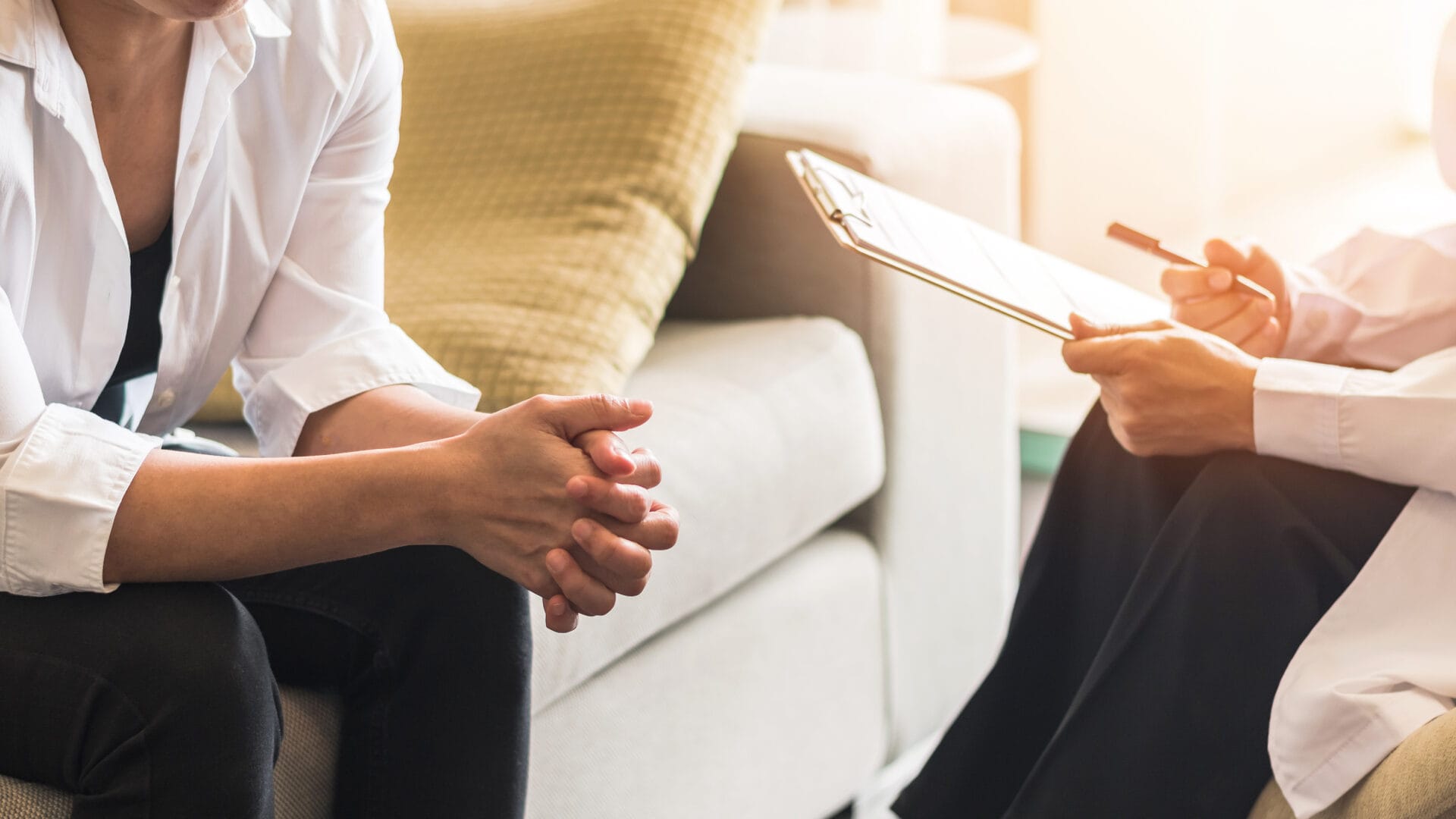In a recent CDC study, it was revealed that an estimated 17.4 million adults in America with disabilities experience significantly higher levels of mental distress—over 4 times more than those without disabilities. This reality underscores how those affected by sensory losses, such as vision or hearing impairments, cognitive challenges, and developmental disorders, often experience increased feelings of isolation, frustration, and a diminished sense of independence. These are all factors that contribute to increased vulnerability to mental health struggles, making it essential to provide effective and proactive solutions.
Fortunately, cutting-edge advances in assistive technology are rapidly closing this gap. These technologies deliver innovative resources that enhance independence, foster meaningful connections, and improve overall mental well-being through personalized support that adapts to each user’s unique needs.
Understanding Applications of Assistive Technology for Mental Health
By making care more accessible, enhancing communication and providing real-time monitoring, assistive technology is becoming a vital tool for building emotional resilience and supporting long-term mental well-being. From AI-driven apps that track mood and behavior to wearable devices, these technologies empower users to manage stress better, combat loneliness, and maintain a healthier, more balanced lifestyle. They also open new pathways for early intervention and ongoing mental health management.
The Benefits of Integrating Assistive Technology into Mental Health Care
Assistive technology is revolutionizing the lives of people with mental health struggles in unprecedented ways, offering innovative solutions that empower users to regain control and improve their emotional resilience. These powerful tools harness the ability to break down barriers by allowing individuals to engage in new and various activities and hobbies, boost educational and employment opportunities, and have more impactful community and social interactions. Personalized to individual needs and conditions, here are a few examples of transformative developments on the market that are making waves in boosting confidence and opening new horizons for people with disabilities, ultimately enhancing their quality of life.
- Wearables for Vision Loss: eSight by Gentex enables patients with central vision loss to experience enhanced vision using high-definition cameras that optimize and improve footage in real-time. The advanced wearable devices allow users to connect with others in ways they may not have been able to before. From allowing users to see the faces of family members and friends, to interpreting nonverbal social cues, rediscovering hobbies and increasing overall independence, eSight supports richer social interactions, which are closely linked to emotional well-being and a stronger sense of belonging.
- Speech-to-Text Apps: For people who are deaf or hard of hearing, Ava Live Captions is a closed captioning app that transcribes spoken conversations in real-time. Ava reduces communication anxiety in meetings, classes, and social settings by enabling users to follow conversations in real time without relying on lip-reading or sign language interpreters, helping individuals ensure they don’t miss important information or context. For individuals who are deaf or hard of hearing, constant miscommunication can lead to chronic stress, social withdrawal, and feelings of isolation. Ava creates a more inclusive communication environment that reduces social fatigue and fosters a stronger sense of belonging.
- Eating Aids: Sharing a meal is one of the most universal ways humans connect—whether it’s gathering around a dinner table, grabbing lunch with coworkers, or celebrating over food with loved ones. For people with upper mobility disabilities, participating in these moments can be challenging without assistance. Robotic eating aids like iEat help restore not just independence, but inclusion. By enabling users to feed themselves with minimal effort, these devices empower individuals to rejoin family and friends and engage in shared meals without a caregiver, restoring a sense of normalcy, independence, and dignity deeply tied to mental well-being.
Other assistive devices and apps exist that aid in real-time monitoring of mental health conditions. These technologies can track daily activity levels, conversation frequency, sleep changes, and heart rate variability to provide crucial mental health indicators to patients and providers.
Together, these innovations significantly expand users’ ability to participate actively and independently in all areas of life—whether at work, in social settings, or during everyday tasks. By removing frequent barriers and providing real-time support and enhanced sensory experiences, these state-of-the-art advancements boost users’ confidence and empower self-reliance.
The Future of Assistive Tech for Mental Health
Assistive technology is changing how people manage and access mental health support, making it more inclusive, immediate, and connected to everyday life. With rapid advancements in smart devices, wearables, and immersive technologies, personalized, real-time mental health support is becoming more precise and responsive to individual needs. These advancements are breaking down barriers around mental health and encouraging people to take charge of their overall well-being.

Roland Mattern
Roland Mattern, Director of Sales for eSight by Gentex, brings over 30 years of experience in sales and marketing for medical devices and pharmaceuticals, with the past two decades focused on ophthalmology. His unwavering dedication to eSight’s mission—to empower individuals with sight loss through enhanced vision—drives his work. Having spent his career marketing vision-assistive devices, Mattern has witnessed firsthand how companies like eSight are transforming lives and redefining what’s possible for those with visual impairments.







